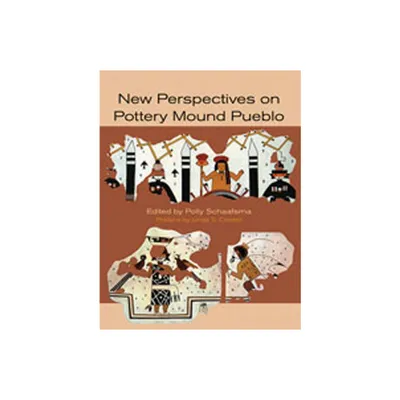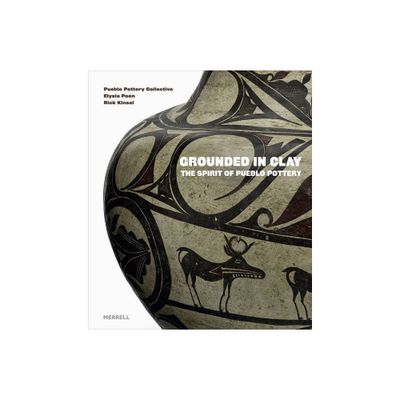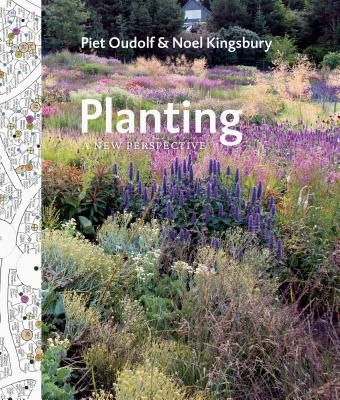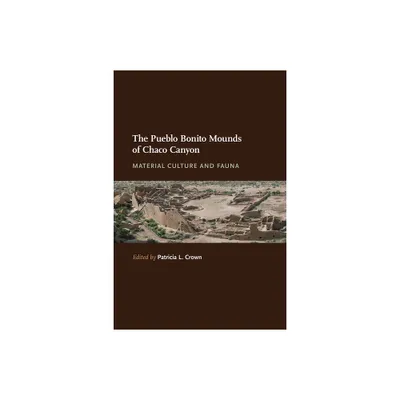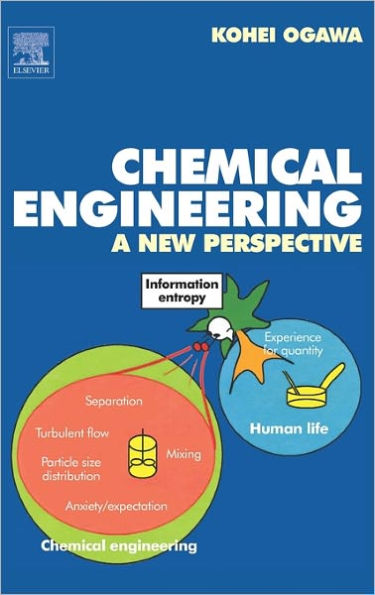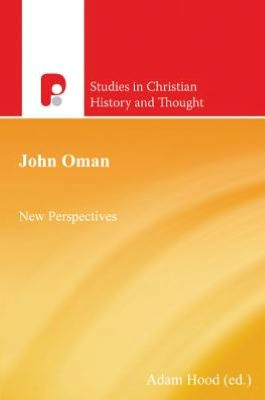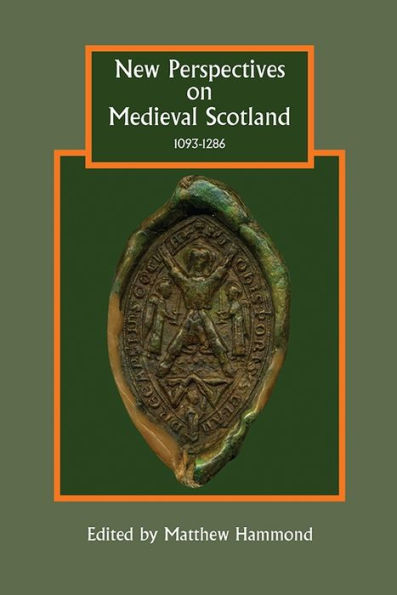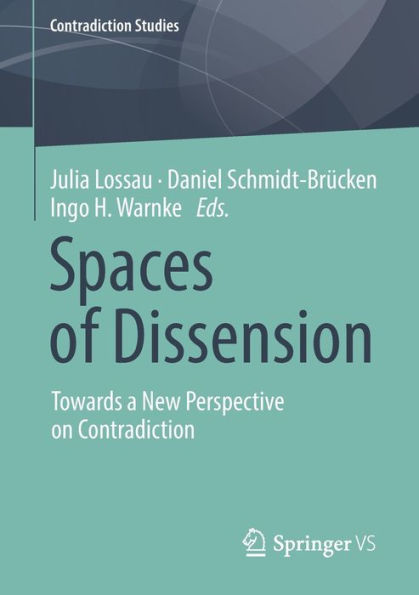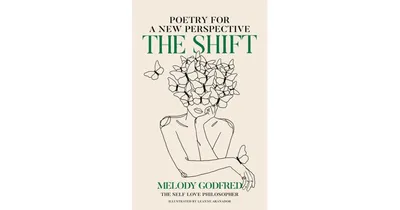Home
New Perspectives on Pottery Mound Pueblo
Loading Inventory...
Barnes and Noble
New Perspectives on Pottery Mound Pueblo
Current price: $60.00
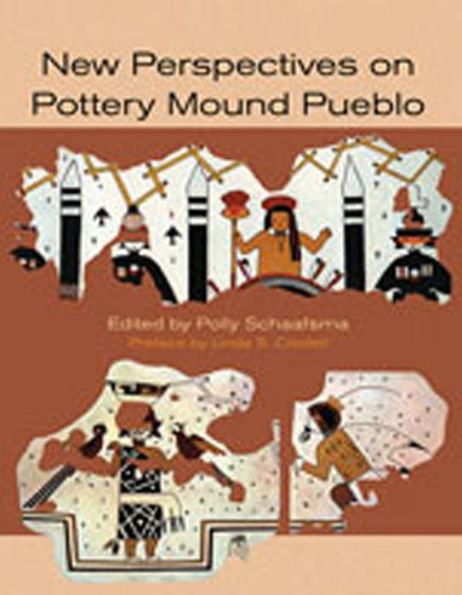

Barnes and Noble
New Perspectives on Pottery Mound Pueblo
Current price: $60.00
Loading Inventory...
Size: OS
*Product Information may vary - to confirm product availability, pricing, and additional information please contact Barnes and Noble
Ancestral Puebloan peoples inhabited the Pottery Mound site on New Mexico's Rio Puerco River from the late fourteenth to the late fifteenth centuries. Archaeologist Frank C. Hibben began excavating Pottery Mound fifty years ago, when archaeologists were paying relatively little attention to Ancestral Pueblo sites. Pottery Mound remains poorly studied, under published, and largely neglected.
Hibben found that Pottery Mound was home to diverse Puebloan characteristics evident in both Rio Grande Pueblos and the Western Pueblos. Hibben also discovered an abundance of pottery styles and layers of murals in eleven kivas that are a magnificent archive of religious iconography of the period.
In New Perspectives on the Pottery Mound Pueblo,
renowned Southwestern archaeologist Polly Schaafsma presents essays by contemporary scholars on the site's murals, rock art, pottery, textiles, and archaeofaunal remains. Contributors revisit Pottery Mound for new insights into inhabitants' regional interactions, migrations, and trade during the Pueblo IV perioda time of dynamic change in Puebloan culture.
Hibben found that Pottery Mound was home to diverse Puebloan characteristics evident in both Rio Grande Pueblos and the Western Pueblos. Hibben also discovered an abundance of pottery styles and layers of murals in eleven kivas that are a magnificent archive of religious iconography of the period.
In New Perspectives on the Pottery Mound Pueblo,
renowned Southwestern archaeologist Polly Schaafsma presents essays by contemporary scholars on the site's murals, rock art, pottery, textiles, and archaeofaunal remains. Contributors revisit Pottery Mound for new insights into inhabitants' regional interactions, migrations, and trade during the Pueblo IV perioda time of dynamic change in Puebloan culture.
